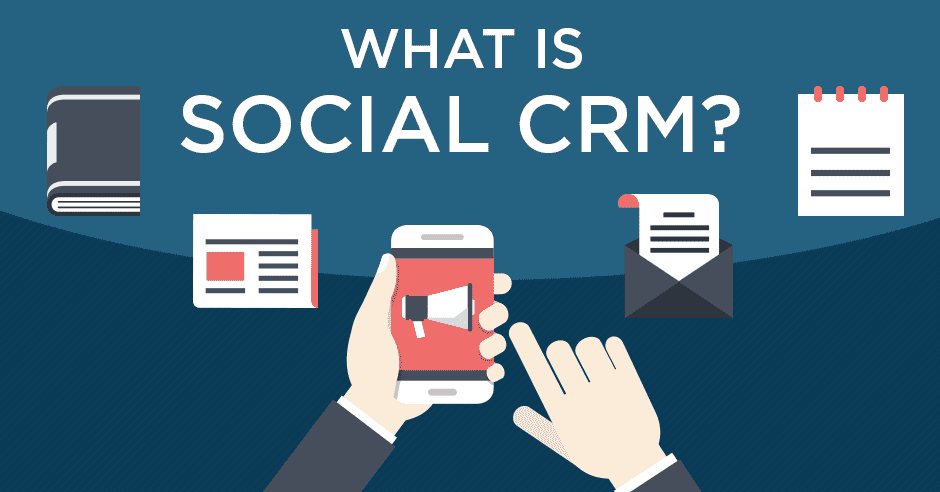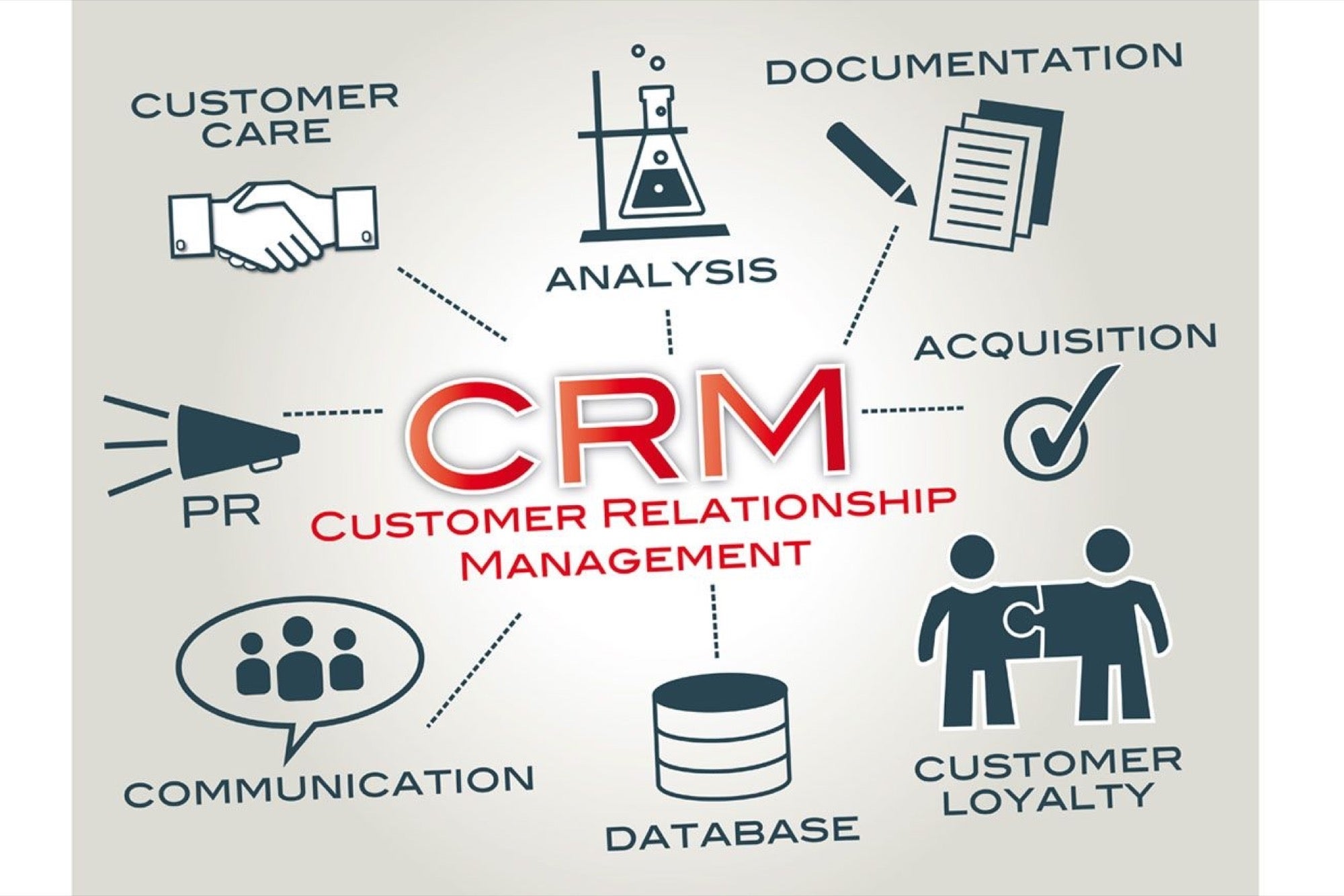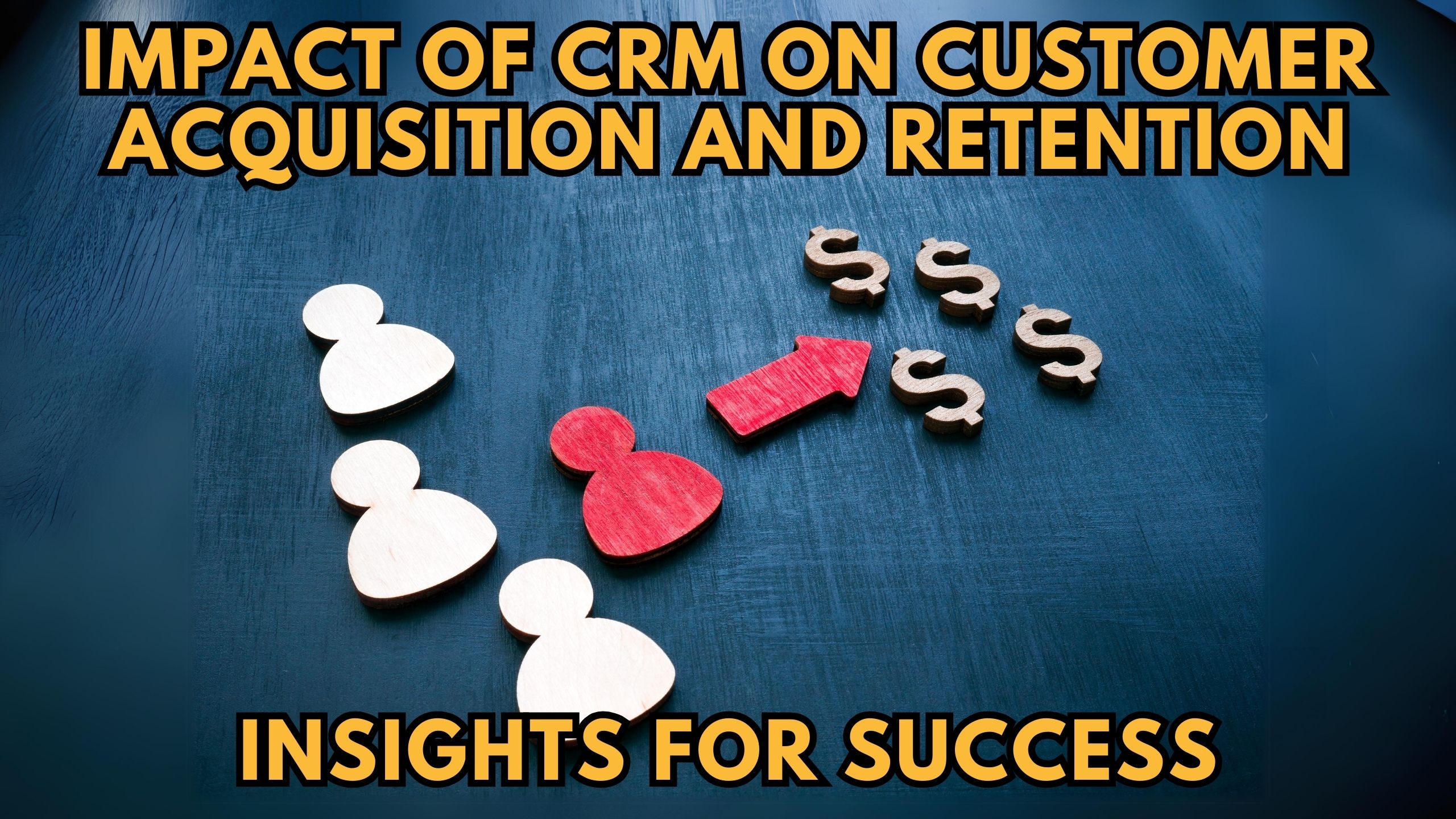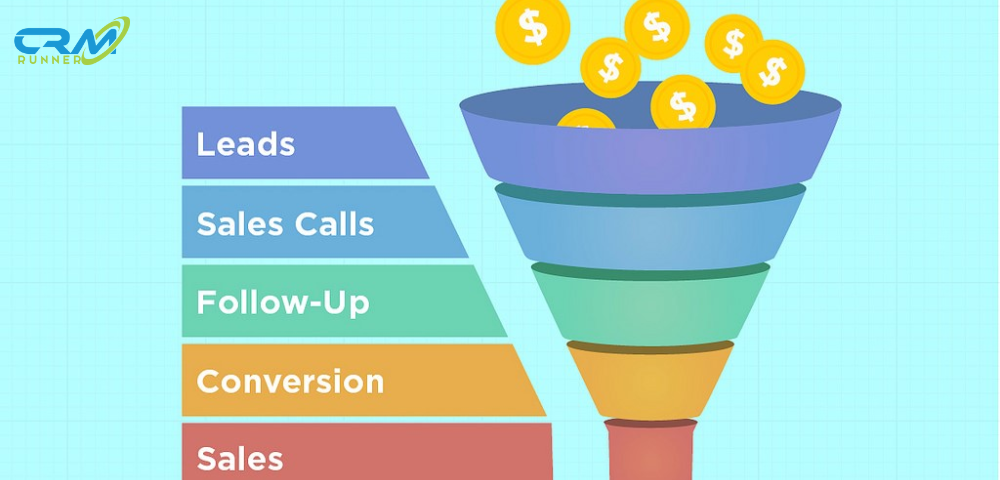Unlock Customer Loyalty: A Comprehensive Guide to CRM Marketing and Loyalty Programs
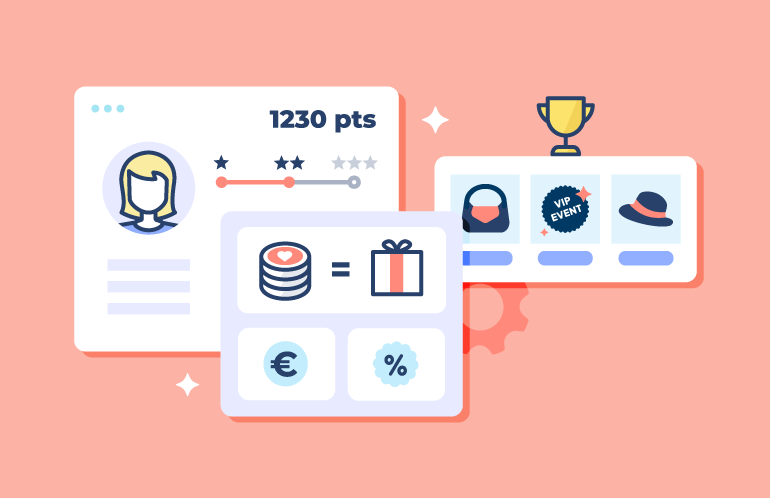
Unlock Customer Loyalty: A Comprehensive Guide to CRM Marketing and Loyalty Programs
In today’s hyper-competitive market, simply acquiring customers isn’t enough. Building lasting relationships and fostering genuine loyalty is the key to sustainable success. This is where the powerful combination of Customer Relationship Management (CRM) marketing and loyalty programs comes into play. This comprehensive guide will delve deep into the intricacies of both, providing you with the knowledge and strategies to cultivate unwavering customer devotion and drive significant business growth.
Understanding the Foundation: CRM Marketing
Before we dive into loyalty programs, let’s establish a solid understanding of CRM marketing. At its core, CRM marketing is a strategic approach that leverages customer data and insights to personalize and optimize every interaction a business has with its customers. It’s about moving beyond generic marketing campaigns and creating tailored experiences that resonate with individual needs and preferences.
What is CRM?
CRM stands for Customer Relationship Management. It’s a system, a philosophy, and a technology all rolled into one. As a system, CRM encompasses the tools and processes used to manage customer interactions. As a philosophy, it prioritizes the customer and aims to build long-term relationships. And as a technology, CRM provides the software and platforms that enable businesses to collect, analyze, and utilize customer data.
Key Benefits of CRM Marketing
Implementing a robust CRM marketing strategy offers a wealth of advantages. Some of the most significant benefits include:
- Improved Customer Understanding: CRM systems collect and organize customer data, providing a 360-degree view of each customer’s behavior, preferences, and purchase history. This deep understanding allows businesses to tailor their marketing efforts for maximum impact.
- Enhanced Personalization: By segmenting customers based on their characteristics and behaviors, businesses can deliver personalized messages, offers, and product recommendations. This level of personalization significantly increases engagement and conversion rates.
- Increased Sales and Revenue: CRM marketing enables businesses to identify and nurture leads, cross-sell and upsell products, and improve customer retention. All of these factors contribute to a significant boost in sales and revenue.
- Streamlined Marketing Processes: CRM systems automate many marketing tasks, such as email campaigns, social media posting, and lead nurturing. This automation frees up marketers to focus on more strategic initiatives.
- Improved Customer Service: CRM systems provide customer service representatives with a complete view of each customer’s history, enabling them to provide faster and more effective support. This leads to increased customer satisfaction and loyalty.
- Better Decision-Making: CRM systems provide valuable data and analytics that can be used to make informed decisions about marketing strategies, product development, and customer service.
Key Components of a CRM Marketing Strategy
A successful CRM marketing strategy typically involves several key components:
- Data Collection: Gathering customer data from various sources, such as website interactions, social media activity, and purchase history.
- Data Analysis: Analyzing customer data to identify trends, patterns, and insights.
- Segmentation: Dividing customers into groups based on their characteristics and behaviors.
- Personalization: Tailoring marketing messages, offers, and product recommendations to individual customers.
- Automation: Automating marketing tasks to improve efficiency and reduce manual effort.
- Measurement and Optimization: Tracking the performance of marketing campaigns and making adjustments as needed.
Building Customer Loyalty: The Power of Loyalty Programs
Loyalty programs are a powerful tool for fostering customer loyalty and driving repeat business. They reward customers for their continued patronage, incentivizing them to make repeat purchases and engage with the brand. When implemented effectively, loyalty programs can create a strong emotional connection between customers and the brand, leading to increased customer lifetime value and brand advocacy.
Types of Loyalty Programs
There are numerous types of loyalty programs, each with its own unique features and benefits. Some of the most popular types include:
- Points-Based Programs: Customers earn points for every purchase or other activity, such as referring a friend or writing a review. These points can then be redeemed for rewards, such as discounts, free products, or exclusive experiences.
- Tiered Programs: Customers are divided into tiers based on their spending or engagement level. Each tier offers different rewards and benefits, incentivizing customers to move up the tiers and unlock more valuable perks.
- Paid Programs: Customers pay a fee to join the loyalty program and receive exclusive benefits, such as free shipping, early access to sales, and personalized recommendations.
- Gamified Programs: Loyalty programs incorporate game mechanics, such as challenges, badges, and leaderboards, to make the program more engaging and fun.
- Cash-Back Programs: Customers earn a percentage of their purchases back in cash, which can be used towards future purchases.
- Hybrid Programs: These programs combine elements of different program types to create a customized loyalty experience.
Key Benefits of Loyalty Programs
Loyalty programs offer a wide range of benefits for businesses, including:
- Increased Customer Retention: Loyalty programs incentivize customers to return to the business and make repeat purchases, leading to increased customer retention rates.
- Higher Customer Lifetime Value: Loyal customers tend to spend more over time, contributing to a higher customer lifetime value.
- Improved Customer Engagement: Loyalty programs encourage customers to engage with the brand, such as by visiting the website, participating in social media campaigns, and providing feedback.
- Brand Advocacy: Loyal customers are more likely to recommend the brand to others, leading to increased brand awareness and new customer acquisition.
- Valuable Customer Data: Loyalty programs provide valuable data about customer behavior and preferences, which can be used to improve marketing strategies and product development.
- Competitive Advantage: Loyalty programs can differentiate a business from its competitors and create a unique value proposition.
Designing an Effective Loyalty Program
Creating a successful loyalty program requires careful planning and execution. Consider the following factors when designing your program:
- Define Your Goals: What do you hope to achieve with your loyalty program? Increase sales? Improve customer retention? Drive brand advocacy?
- Know Your Customers: Understand your target audience and their preferences. What rewards and benefits will resonate with them?
- Choose the Right Program Type: Select a program type that aligns with your business goals and customer preferences.
- Set Clear Rules and Guidelines: Clearly communicate the terms and conditions of the program, including how customers earn rewards, how they redeem them, and any expiration dates.
- Make it Easy to Join and Use: The enrollment process should be simple and straightforward. The program should also be easy to use and understand.
- Offer Valuable Rewards: Rewards should be desirable and relevant to your target audience.
- Personalize the Experience: Tailor the program to individual customer preferences and behaviors.
- Promote Your Program: Make sure your customers know about your loyalty program. Promote it on your website, social media, and in your marketing materials.
- Track and Measure Results: Monitor the performance of your loyalty program and make adjustments as needed.
Integrating CRM Marketing and Loyalty Programs: A Powerful Combination
The true power of CRM marketing and loyalty programs is unleashed when they are integrated. By combining the customer insights and personalization capabilities of CRM with the reward and engagement features of loyalty programs, businesses can create a truly exceptional customer experience.
How to Integrate CRM and Loyalty Programs
Integrating CRM and loyalty programs involves connecting your CRM system with your loyalty program platform. This integration allows you to:
- Track Customer Behavior: Monitor customer activity across all touchpoints, including website interactions, purchase history, and loyalty program participation.
- Segment Customers: Segment customers based on their loyalty program tier, points balance, and engagement level.
- Personalize Communications: Tailor marketing messages and offers based on customer behavior and loyalty program status.
- Automate Marketing Campaigns: Automate email campaigns, social media posts, and other marketing activities based on customer actions and loyalty program triggers.
- Measure Program Performance: Track the performance of your loyalty program and marketing campaigns, and make adjustments as needed.
Examples of CRM and Loyalty Program Integration
Here are a few examples of how businesses can integrate CRM and loyalty programs:
- Personalized Email Marketing: Send targeted email campaigns to customers based on their loyalty program tier, points balance, and purchase history. For example, you could send a special offer to a customer who has reached a new loyalty tier or a reminder to a customer who has points about to expire.
- Website Personalization: Personalize the website experience for each customer based on their loyalty program status and preferences. For example, you could display a personalized welcome message, recommend products based on past purchases, or offer exclusive discounts to loyalty program members.
- In-Store Experience: Provide a seamless in-store experience for loyalty program members. For example, you could allow customers to earn and redeem points at the point of sale, provide personalized recommendations based on their purchase history, and offer exclusive discounts to loyalty program members.
- Customer Service: Empower customer service representatives with the information they need to provide exceptional support to loyalty program members. For example, customer service reps could see a customer’s loyalty program tier, points balance, and purchase history, allowing them to provide personalized assistance and resolve issues quickly.
- Targeted Advertising: Use CRM data to target advertising campaigns to specific customer segments. For example, you could target customers who have not made a purchase in a while with a special offer or target customers who have shown interest in a specific product with a relevant advertisement.
Best Practices for CRM Marketing and Loyalty Programs
To maximize the effectiveness of your CRM marketing and loyalty programs, consider these best practices:
- Focus on Customer Experience: Prioritize the customer experience in everything you do. Make sure your CRM and loyalty programs are designed to provide a positive and engaging experience for customers.
- Collect and Analyze Data: Collect and analyze customer data to gain insights into their behavior and preferences. Use this data to personalize your marketing efforts and improve your loyalty program.
- Be Consistent: Ensure consistency across all touchpoints. The messaging, rewards, and benefits of your loyalty program should be consistent across your website, social media, email, and in-store experiences.
- Be Transparent: Be transparent with your customers about how you collect and use their data. Clearly communicate the terms and conditions of your loyalty program.
- Be Responsive: Respond to customer feedback and make adjustments to your CRM and loyalty programs as needed.
- Use Technology Wisely: Choose the right CRM and loyalty program platforms for your business needs. Utilize the features of these platforms to automate tasks, personalize communications, and track results.
- Stay Updated: The landscape of CRM marketing and loyalty programs is constantly evolving. Stay up-to-date on the latest trends and best practices.
- Measure and Optimize: Regularly track the performance of your CRM marketing and loyalty programs. Use data and analytics to identify areas for improvement and make adjustments to optimize your results.
- Provide Value: Make sure your loyalty program provides real value to your customers. Offer rewards and benefits that are relevant and desirable.
- Be Authentic: Build genuine relationships with your customers. Show that you care about their needs and preferences.
Choosing the Right CRM and Loyalty Program Platforms
Selecting the appropriate CRM and loyalty program platforms is crucial for the success of your marketing initiatives. The ideal platforms should align with your business objectives, budget, and technical capabilities. Here’s what to consider when making your selection:
CRM Platform Considerations
- Scalability: Ensure the platform can accommodate your current and future growth.
- Features: Look for features that meet your specific needs, such as contact management, lead management, sales automation, marketing automation, and reporting.
- Integration: The platform should integrate seamlessly with other tools you use, such as your website, email marketing platform, and social media channels.
- Ease of Use: The platform should be user-friendly and easy to navigate, so your team can quickly adopt and utilize it.
- Pricing: Choose a platform that fits within your budget. Consider the pricing structure (monthly, per user, etc.) and any additional costs.
- Customer Support: Look for a platform that provides excellent customer support.
- Security: Ensure the platform offers robust security features to protect your customer data.
Loyalty Program Platform Considerations
- Customization: The platform should allow you to customize the program to align with your brand and customer preferences.
- Integration: It should integrate with your CRM system and other essential business tools.
- Rewards and Benefits: The platform should offer a variety of reward options, such as points, discounts, free products, and exclusive experiences.
- Ease of Use: The platform should be user-friendly for both you and your customers.
- Reporting and Analytics: Look for a platform that provides detailed reporting and analytics to track program performance.
- Mobile Optimization: The platform should be optimized for mobile devices, so customers can easily access the program on their smartphones.
- Scalability: The platform should be able to handle a growing number of members and transactions.
The Future of CRM Marketing and Loyalty Programs
The future of CRM marketing and loyalty programs is bright, with exciting advancements on the horizon. Here are some trends to watch:
- Artificial Intelligence (AI): AI will play an increasingly important role in CRM marketing and loyalty programs, enabling businesses to personalize customer experiences even further. AI can be used to predict customer behavior, automate marketing tasks, and provide personalized recommendations.
- Hyper-Personalization: Businesses will strive to create even more personalized experiences for their customers, using data to tailor every interaction to individual needs and preferences.
- Omnichannel Experiences: Businesses will focus on creating seamless omnichannel experiences, allowing customers to interact with the brand across multiple channels, such as website, mobile app, in-store, and social media.
- Data Privacy: Data privacy will become even more important, and businesses will need to be transparent about how they collect and use customer data.
- Gamification: Gamification will continue to be a popular strategy for engaging customers and driving loyalty.
- Blockchain Technology: Blockchain technology could be used to create more secure and transparent loyalty programs.
Conclusion: Cultivating Lasting Customer Relationships
CRM marketing and loyalty programs are powerful tools for building lasting customer relationships and driving business growth. By understanding the principles of CRM marketing, designing an effective loyalty program, and integrating the two, businesses can create a customer-centric approach that fosters unwavering loyalty and maximizes customer lifetime value. By embracing these strategies and staying ahead of the latest trends, businesses can thrive in today’s competitive market and build a loyal customer base that will support their long-term success. The key is to remember that it’s not just about transactions; it’s about building genuine connections and creating a customer experience that keeps them coming back for more.

